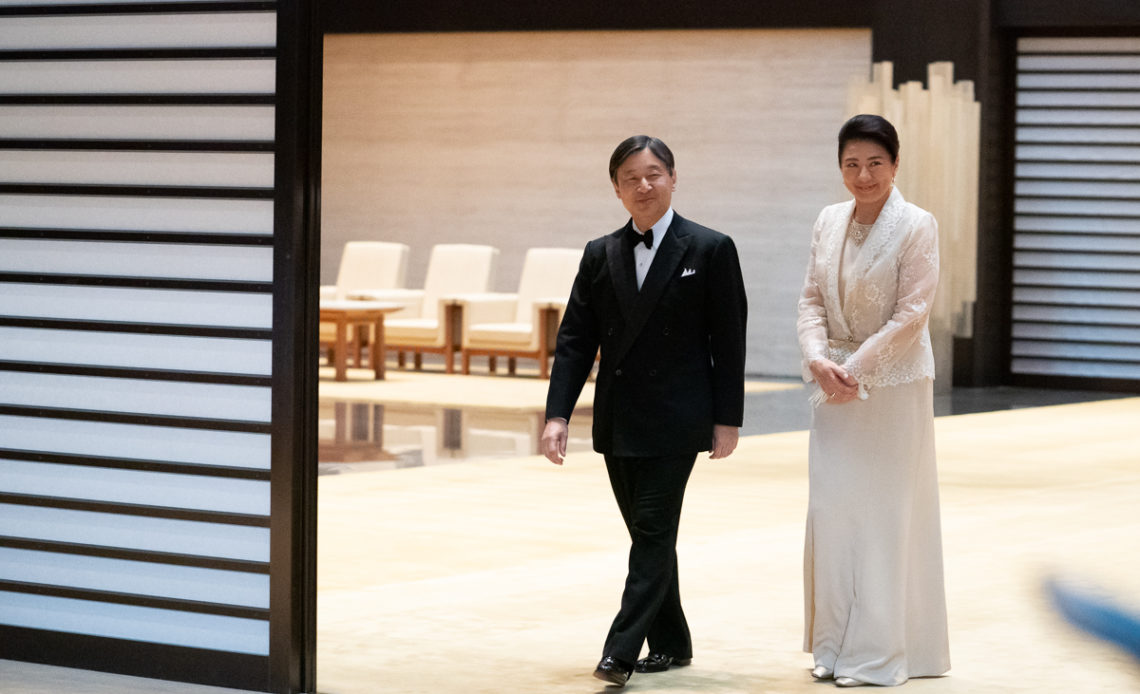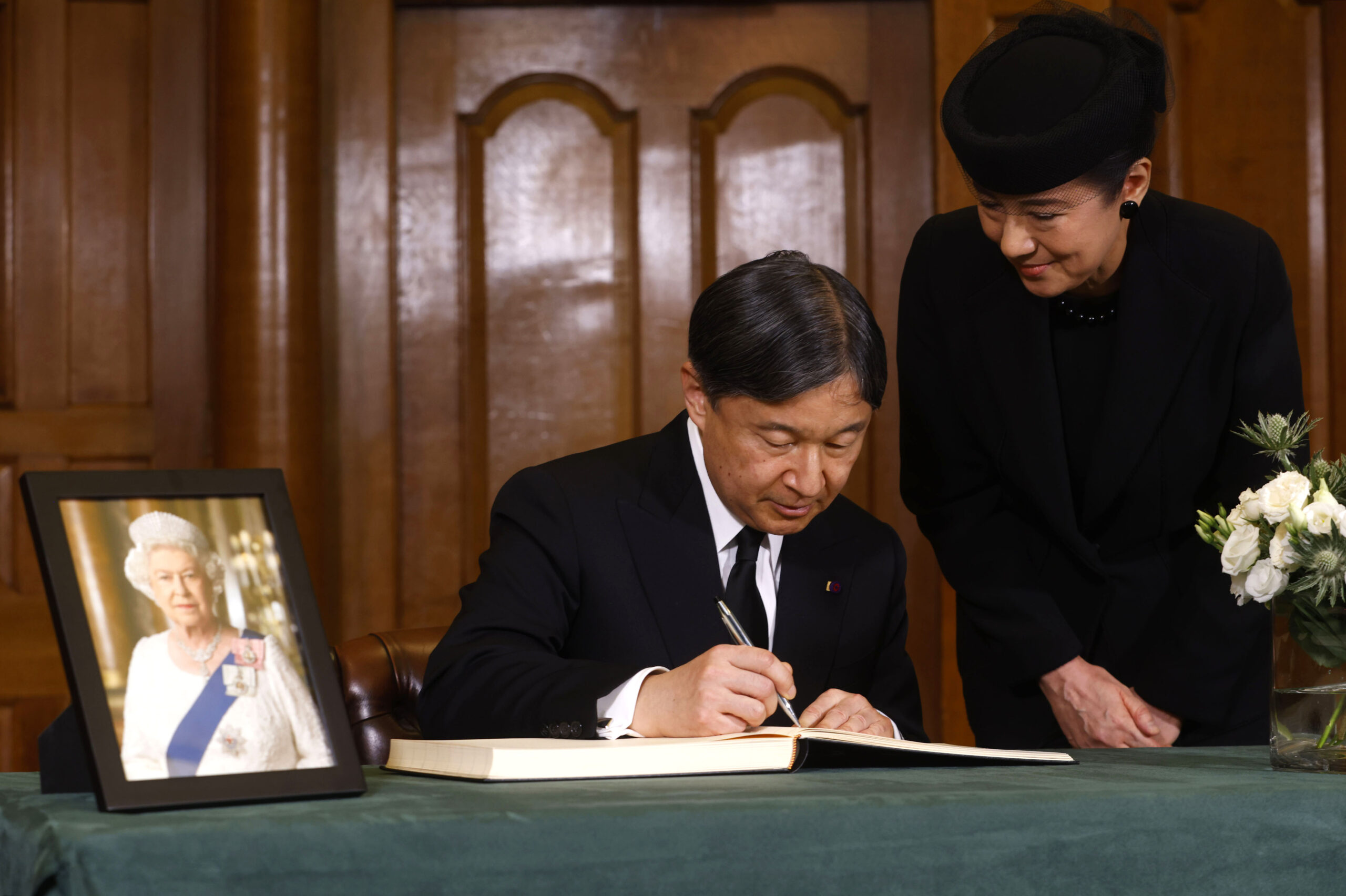
The Imperial House of Japan is the oldest current monarchy. The Japanese throne was founded in 660 BCE according to legend. While the Japanese monarchy does function in the same ways as many other monarchies, they use a unique naming system.
Emperor Mutsuhito took the throne in 1867 and instituted a new practice for naming eras in 1868. Historically, era names would have been decided by court officials. This new practice used the ceremonial name of the emperor and the year of their reign as a date.

For example, the era under Mutsuhito was known as the Meiji era, as he would be known as Emperor Meiji. The Meiji era continued until 1912 when Emperor Meiji died and Emperor Taishō took the throne. The Taishō era began on 30 July 1912, the first day of Taishō’s reign.
Following the Taishō era, the Shōwa era lasted from 1926 to 1989 under Emperor Shōwa. The Heisei era began in 1989 with the beginning of Emperor Akihito’s reign and ended in 2019 with his abdication. The current era is the Reiwa era with Emperor Naruhito on the throne.

